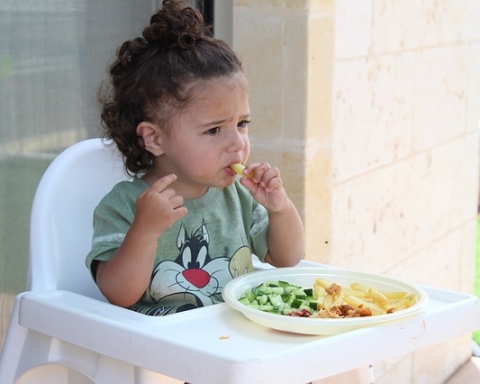Positive parenting is based on nonpunitive and nonauthoritarian strategies. Children are very much like mirrors; their behavior reflects that of their parents. If punishments, yelling, spanking, and being ignored is all they get, the parents are very likely to get the same negativity in return.
Positive parenting—sometimes called positive discipline, gentle guidance, or loving guidance is simply guidance that keeps our kids on the right path, offered in a positive way that resists any temptation to be punitive. —Dr. Laura Markham
Instead of focusing on children’s weaknesses and deficits, positive parenting adopts an approach that focuses on building children’s strength and resilience in order to produce happier and healthier individuals—physically, emotionally, intellectually, and morally.
Also read on this website: Why Are Consequences an Important Part of Positive Parenting?
Characteristics of Positive Parenting
According to Dr. Sarah Vinson, an Atlanta-based psychiatrist and Assistant Professor of Psychiatry at the Morehouse School of Medicine, positive parenting encompasses four characteristics:
- Setting clear parental expectations
- Active collaboration between the parent and the child
- Praise and encouragement for desired behavior
- Avoiding harsh discipline, such as physical punishment
Let’s take a look at each of these characteristics:
Setting Clear Parental Expectations
Positive parenting emphasizes the need for establishing clear but age-appropriate parental expectations and making sure that these expectations are met without breaking the child’s spirit.
Furthermore, positive parenting focuses on getting to the cause of misbehavior and solving it instead of simply reacting to it. This method of discipline allows the parents to see what they can do to fix and improve their child’s behavior instead of just forcefully controlling it.
Active Collaboration between the Parent and the Child
Parents and children need to clearly communicate with each other. For positive guidance to work, parents have to convey good and bad to their children effectively.
Parents shouldn’t rescue their children every time they have a problem. Rather, parents should allow their children to navigate their way through their own problems so that they see for themselves what is wrong and what is right. If children falter, then parents should step in and correct them accordingly. Working as a team to solve problems strengthens the parent-child relationship.
Praise and Encouragement for Desired Behavior
Sincere praise and encouragement enhances a child’s intrinsic motivation and boosts confidence. Indeed, no other method is as effective at inspiring good behavior in a child. It lets the child know that their efforts are important and highly valued. But don’t overdo it. Unnecessary or excessive praise might lessen its impact.
Avoiding Harsh Discipline, Such as Physical Punishment
Avoiding punishment is the core of positive parenting. Research proves that punishment always does more harm than good. Negative tools never produce positive effects. Parents punish their children to make them regret bad behavior, but it rarely works. Instead, children become angry, frustrated, and resentful, which only results in more misbehavior, disobedience, and tantrums.
The best way to deal with misbehavior is to investigate the cause of it and to address it as needed. Children will then feel supported rather than demeaned, knowing they can rely on their parents for help with frustrations and troubles.
Parenting is not an easy task, and staying positive when you are surrounded by negativity is even more difficult. But all it takes is persistence, patience, and practice. Nothing worth having comes easy, and the final rewards of successful parenting are definitely worth all the effort.

References
- Tran, Nhu, and Matt O’Grady. “Positive Parenting: How to Increase Your Parenting Skills.” Positive Psychology Program. April 7, 2017. https://positivepsychologyprogram.com/positive-parenting/#embrace
- Epstein, Varda. “What Is Positive Parenting and Why Is It Better Than What Our Parents Did? Kars 4 Kids. November 18, 2015. http://www.kars4kids.org/blog/what-is-positive-parenting-and-why-is-it-better-than-what-our-parents-did/
- Henderlong, Jennifer, and Mark R. Lepper. “The Effects of Praise on Children’s Intrinsic Motivation: A Review and Synthesis.” Psychological Bulletin 128, no. 5 (2002): 774–795. Retrieved from http://psycnet.apa.org/buy/2002-15487-005
- Shatzman, Celia. “Everything You Need to Know about Positive Parenting.” The Bump. Accessed May 30, 2018. https://www.thebump.com/a/positive-parenting













